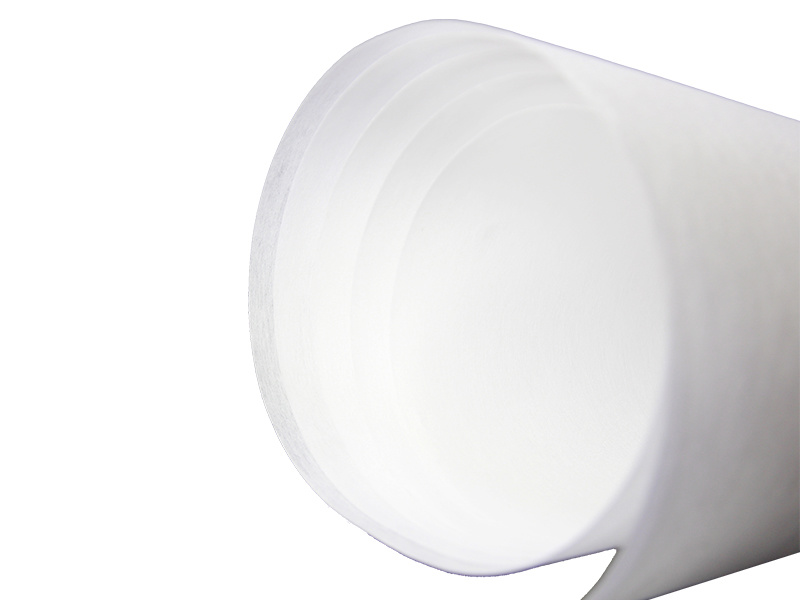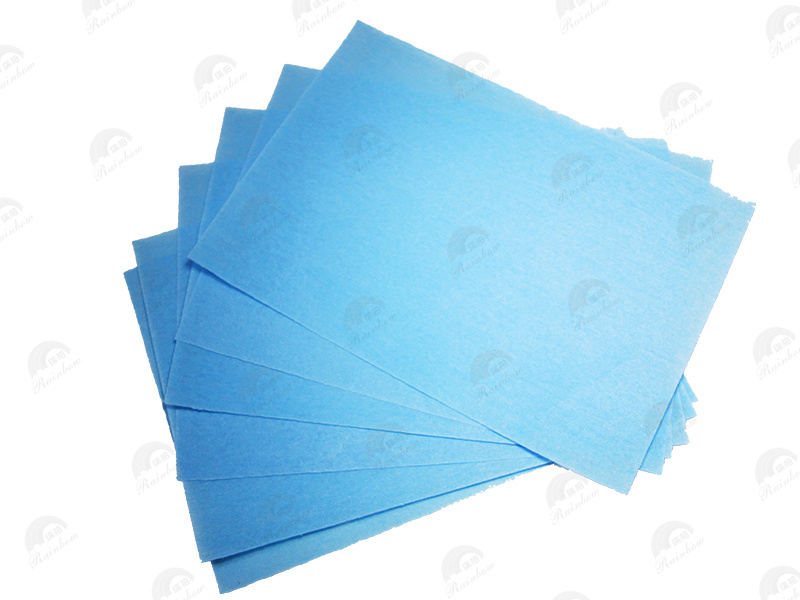Understanding Sterilization Wrap Nonwoven Fabric: Benefits and Applications
Release time:
2025-06-10
Sterilization wrap nonwoven fabric is a specialized type of fabric designed to maintain sterility and protect medical instruments and devices during storage and transport. Its composition typically includes synthetic fibers, which are engineered to possess specific properties that aid in sterilization processes. The fabric is not only lightweight and durable but also designed to have optimal barrier protection against bacteria, dirt, and other contaminants.
One of the key benefits of using sterilization wrap nonwoven fabric is its excellent breathability. This property allows for effective gas penetration during sterilization processes such as ethylene oxide, steam, or plasma sterilization. This ensures that the sterilizing agent can reach all surfaces of the item being wrapped, thereby ensuring complete sterility. Additionally, the fabric's structure minimizes the risk of tearing or damage during handling, which is crucial for maintaining the integrity of sterilized items.
Another advantage of sterilization wrap nonwoven fabric is its ease of use. It can be easily shaped and molded around various instruments, making it ideal for wrapping items of different sizes and shapes. The fabric is also lightweight, which reduces the overall weight of wrapped items, making them easier to handle and transport. Furthermore, the nonwoven nature of the fabric means that it does not fray or unravel, enhancing its usability in high-demand environments like hospitals and clinics.
In terms of applications, sterilization wrap nonwoven fabric is predominantly used in the healthcare sector. Hospitals utilize it for wrapping surgical instruments, ensuring their sterility until they are needed in procedures. It is also employed in dental practices, laboratories, and other medical facilities that require stringent hygiene standards. The versatility of this fabric extends beyond healthcare, as it can also be used in the packaging of pharmaceutical products and other sterile items.
When selecting sterilization wrap nonwoven fabric, it is essential to consider various factors such as the type of sterilization method being used, the required level of barrier protection, and any specific regulatory standards that must be met. Understanding these parameters will aid in choosing the right material that meets both safety and operational needs.
In summary, sterilization wrap nonwoven fabric is an indispensable material in maintaining hygiene and safety in various applications, particularly within the healthcare industry. Its unique properties, including breathability, durability, and ease of use, make it a preferred choice for professionals aiming to ensure that their instruments and devices are safely packaged and sterilized. By understanding the benefits and applications of this fabric, users can better appreciate its role in promoting a sterile environment.
One of the key benefits of using sterilization wrap nonwoven fabric is its excellent breathability. This property allows for effective gas penetration during sterilization processes such as ethylene oxide, steam, or plasma sterilization. This ensures that the sterilizing agent can reach all surfaces of the item being wrapped, thereby ensuring complete sterility. Additionally, the fabric's structure minimizes the risk of tearing or damage during handling, which is crucial for maintaining the integrity of sterilized items.
Another advantage of sterilization wrap nonwoven fabric is its ease of use. It can be easily shaped and molded around various instruments, making it ideal for wrapping items of different sizes and shapes. The fabric is also lightweight, which reduces the overall weight of wrapped items, making them easier to handle and transport. Furthermore, the nonwoven nature of the fabric means that it does not fray or unravel, enhancing its usability in high-demand environments like hospitals and clinics.
In terms of applications, sterilization wrap nonwoven fabric is predominantly used in the healthcare sector. Hospitals utilize it for wrapping surgical instruments, ensuring their sterility until they are needed in procedures. It is also employed in dental practices, laboratories, and other medical facilities that require stringent hygiene standards. The versatility of this fabric extends beyond healthcare, as it can also be used in the packaging of pharmaceutical products and other sterile items.
When selecting sterilization wrap nonwoven fabric, it is essential to consider various factors such as the type of sterilization method being used, the required level of barrier protection, and any specific regulatory standards that must be met. Understanding these parameters will aid in choosing the right material that meets both safety and operational needs.
In summary, sterilization wrap nonwoven fabric is an indispensable material in maintaining hygiene and safety in various applications, particularly within the healthcare industry. Its unique properties, including breathability, durability, and ease of use, make it a preferred choice for professionals aiming to ensure that their instruments and devices are safely packaged and sterilized. By understanding the benefits and applications of this fabric, users can better appreciate its role in promoting a sterile environment.
Sterilization Wrap Nonwoven Fabric
Latest News
Nantong Rainbow Technology Co., Ltd.
Telephone:+86-13587673537
E-mail:chrislc717@163.com
Address: Group 42, Xizansi Village, Xiting Town, Tongzhou District, Nantong City, Jiangsu Province

Copyright©2024 Nantong Rainbow Technology Co., Ltd. | Powered by www.300.cn
Copyright©2024 Nantong Rainbow Technology Co., Ltd.
Powered by www.300.cn





